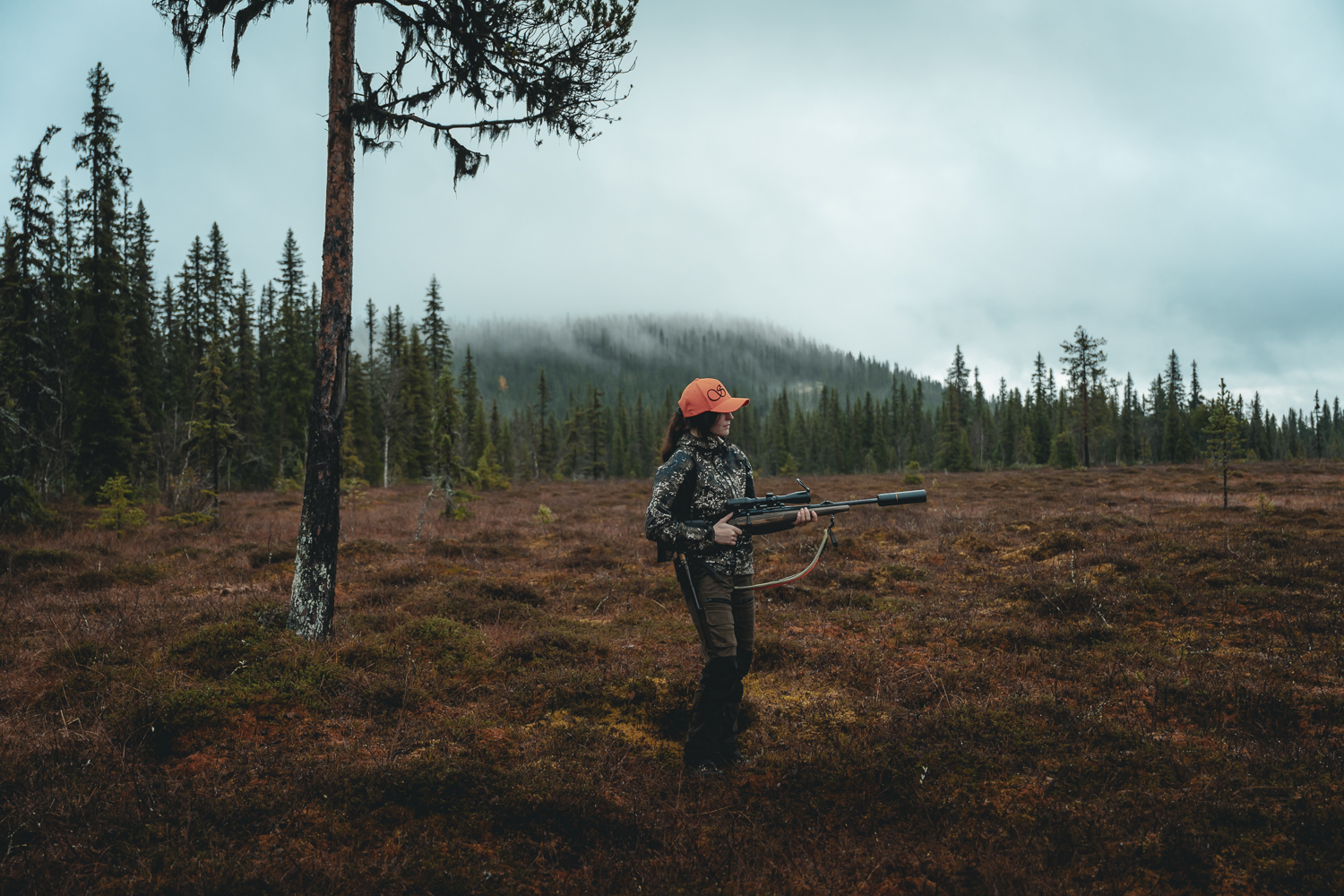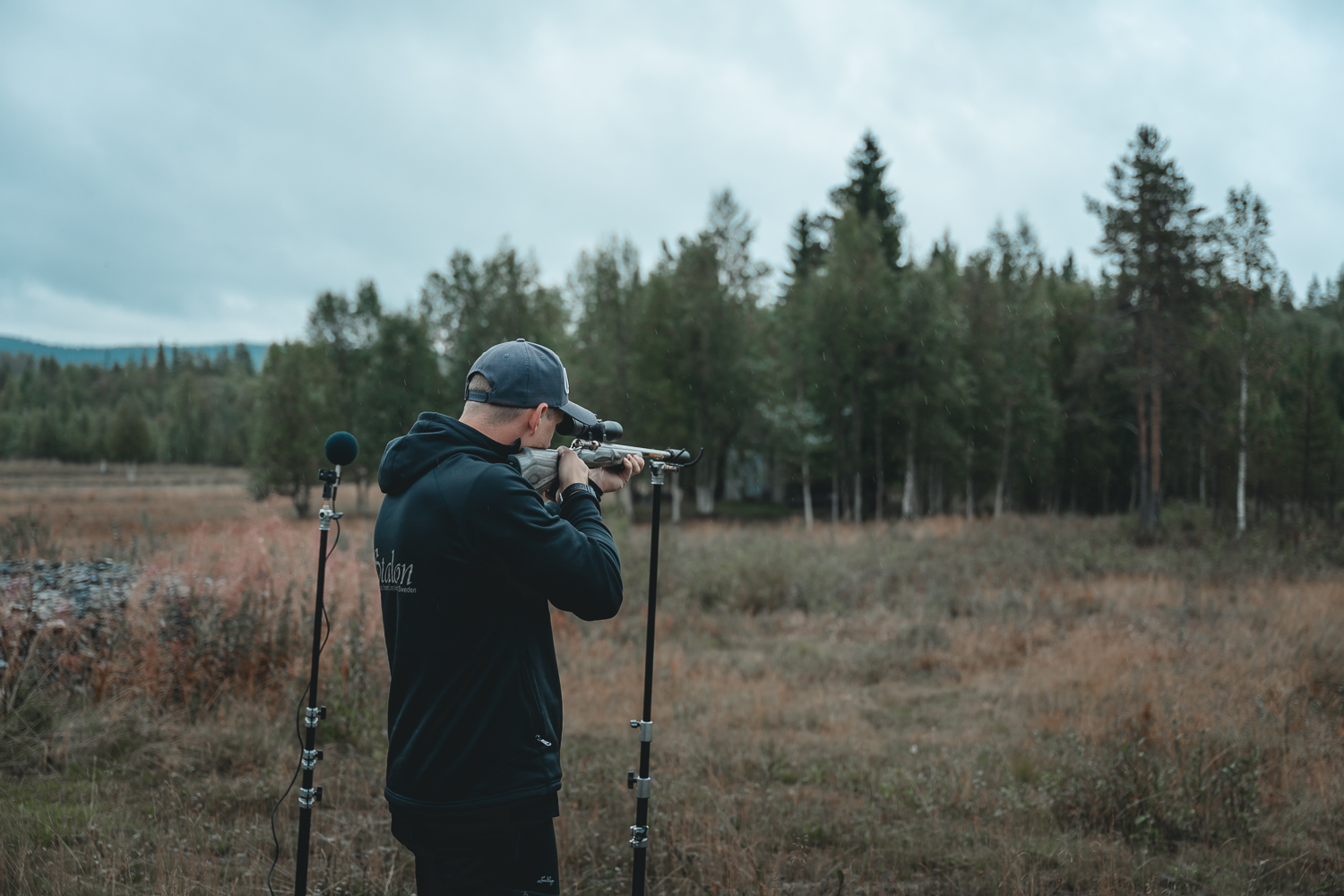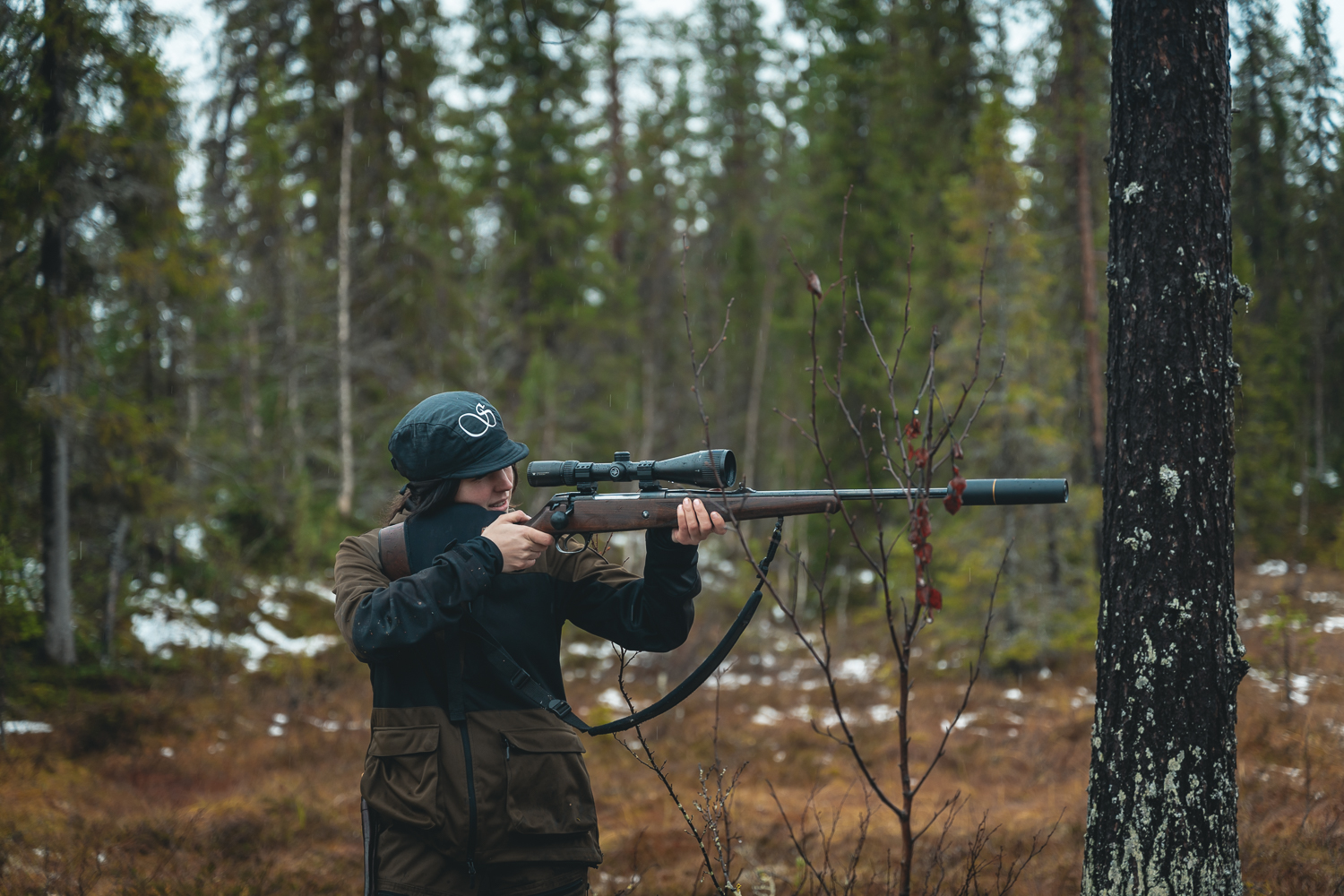Are Longer Silencers Quieter? Data, Testing, and Trade-offs
A common question among hunters is whether a longer silencer actually makes a rifle quieter. The answer is both yes and no; it depends on several factors such as internal volume, baffle design, caliber, and barrel length. In this article, we’ll look at what the data and real-world tests show, how to think when choosing between models like the Stalon X149 and X108, and which compromises are worth making depending on whether you hunt in dense forests or from open stands.

VOLUME VS WEIGHT: WHY LONGER OFTEN MEANS BETTER NOISE REDUCTION
In general, a longer silencer means greater internal volume. More volume allows propellant gases to expand and cool before exiting into the atmosphere, which usually results in better noise reduction measured in dBc. This is why longer fronts often deliver higher measured suppression values.
However, greater volume always comes at a cost: weight and length. A larger front makes the rifle more front-heavy, changes the balance, and can affect your efficiency as a shooter, especially during driven hunts or stalking in tight terrain. It’s a trade-off between maximum sound suppression and practical handling in the field.
In short: longer = more volume = usually quieter. But the gain in sound reduction must be weighed against the rifle’s balance and maneuverability.

BARREL LENGTH, CALIBER, AND REAL-WORLD RESULTS
How much the length affects noise reduction also depends on caliber and barrel length. Longer barrels typically produce lower muzzle pressure, creating a better starting point for sound suppression. A short barrel combined with a powerful caliber may require more volume to achieve the same level of reduction.
MEASUREMENT DATA: STALON X108 VS X149
Our internal tests show clear differences between fronts in the same series. Comparing the Stalon X108 and Stalon X149 across different calibers, we see the following:
X108, caliber 6.5: approx. -32.9 dBc
X149, caliber 6.5: approx. -35.4 dBc
X108, caliber .308: approx. -29.8 dBc
X149, caliber .308: approx. -32.2 dBc
X108, caliber 9.3: approx. -23.3 dBc
X149, caliber 9.3: approx. -26.1 dBc
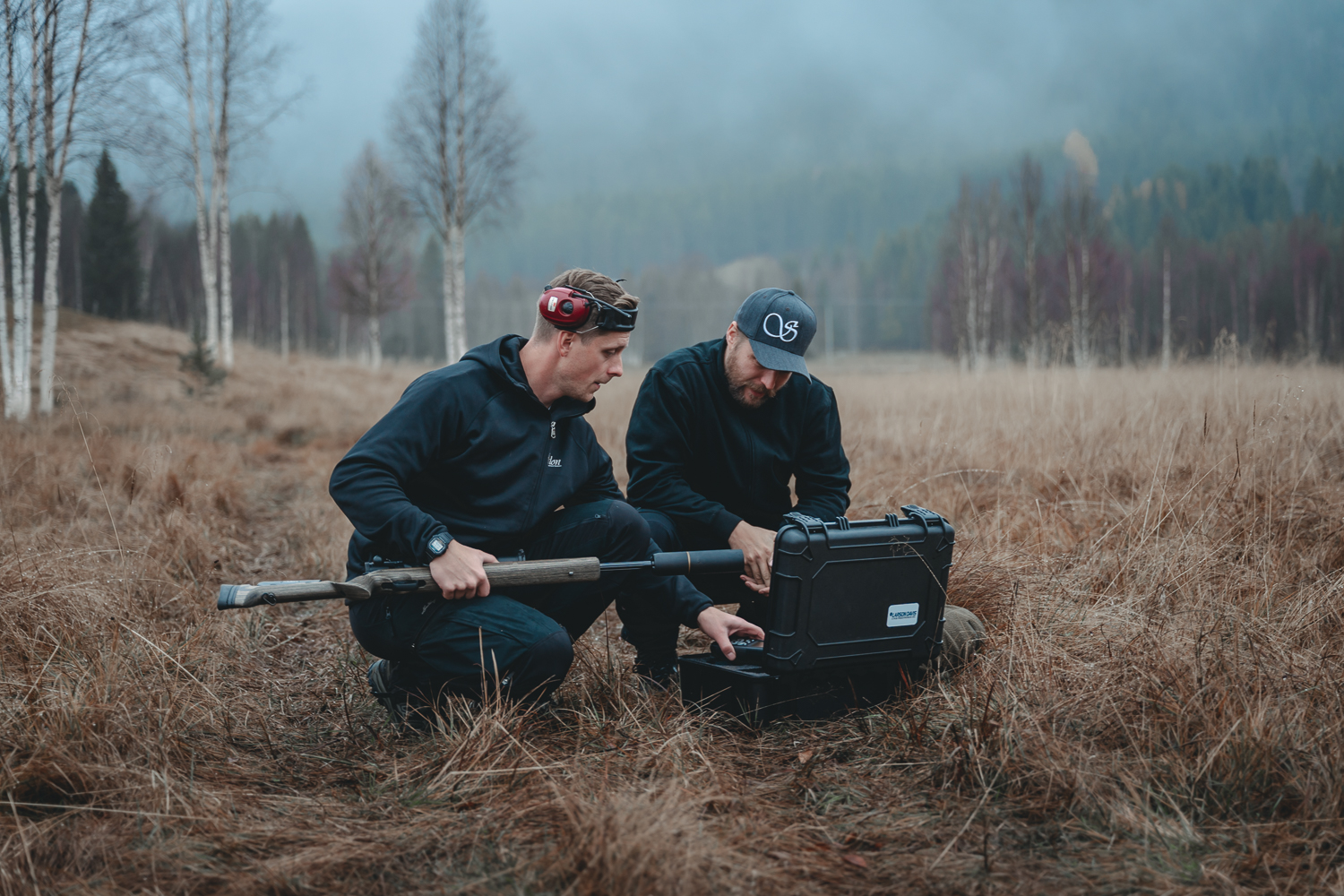
The human ear typically perceives a difference only when the sound level varies by around 3 decibels. This means that differences smaller than that will be hard to hear in practice. A 3 dB difference equals roughly a 20–25% change in sound energy, but since the ear doesn’t perceive sound linearly, it will only sound slightly quieter. In other words, minor dBc differences often matter less in real-world hunting than you might think.
X149 VS X108: TWO CHOISES, DIFFERENT PRIORITIES
In the Stalon X-series, the difference between the X108 and X149 perfectly illustrates the balance of priorities:
- Stalon X108: shorter front, lower weight, and excellent mobility. Ideal for driven hunts or situations where quick handling and freedom of movement matter more than maximum suppression. Provides outstanding sound reduction in a compact size, especially for mid-sized calibers.
- Stalon X149: longer front with larger internal volume. Optimized for stationary hunting or long-range shooting where maximum sound and recoil reduction take priority. The X149 delivers higher dBc values across all calibers and better recoil absorption.
Recommendation: Choose the X108 if you move a lot in the terrain. Choose the X149 if you mostly hunt from stands and want maximum comfort and minimal recoil.

TRADE-OFFS AND PRACTICAL ADVICE
- Choose based on your primary use. If your priority is roughly 60/40 toward mobility, go for the X108.
If your priority is 60/40 toward comfort and quietness, choose the X149. - Also, consider caliber and barrel length. Larger calibers may require the X149 to reach optimal noise reduction, while smaller calibers work perfectly with the X108.
- Finally, always test in real conditions. Theoretical dBc values are important, but how the rifle feels in your hands and behaves in the field ultimately determines the best choice.
STALON XE MEASUREMENTS
We can also compare the Stalon XE108 and Stalon XE149, optimized for large and magnum calibers. The results look as follows:
XE108, caliber 6.5: approx. -32.5 dBc
XE149, caliber 6.5: approx. -37.5 dBc
XE108, caliber .308: approx. -31.0 dBc
XE149, caliber .308: approx. -34.5 dBc
XE108, caliber 9.3: approx. -23.3 dBc
XE149, caliber 9.3: approx. -27.3 dBc
All our sound measurements are performed according to MIL-STD-1474D, the most recognized and reliable military standard for firearm sound testing. This ensures that each measurement is carried out under controlled and comparable conditions, giving a fair and accurate representation of real-world performance.
Want to learn more about how our sound measurements are done? Read more here >
We’ve also produced a YouTube series diving deeper into our noise measurements. Watch videos here >
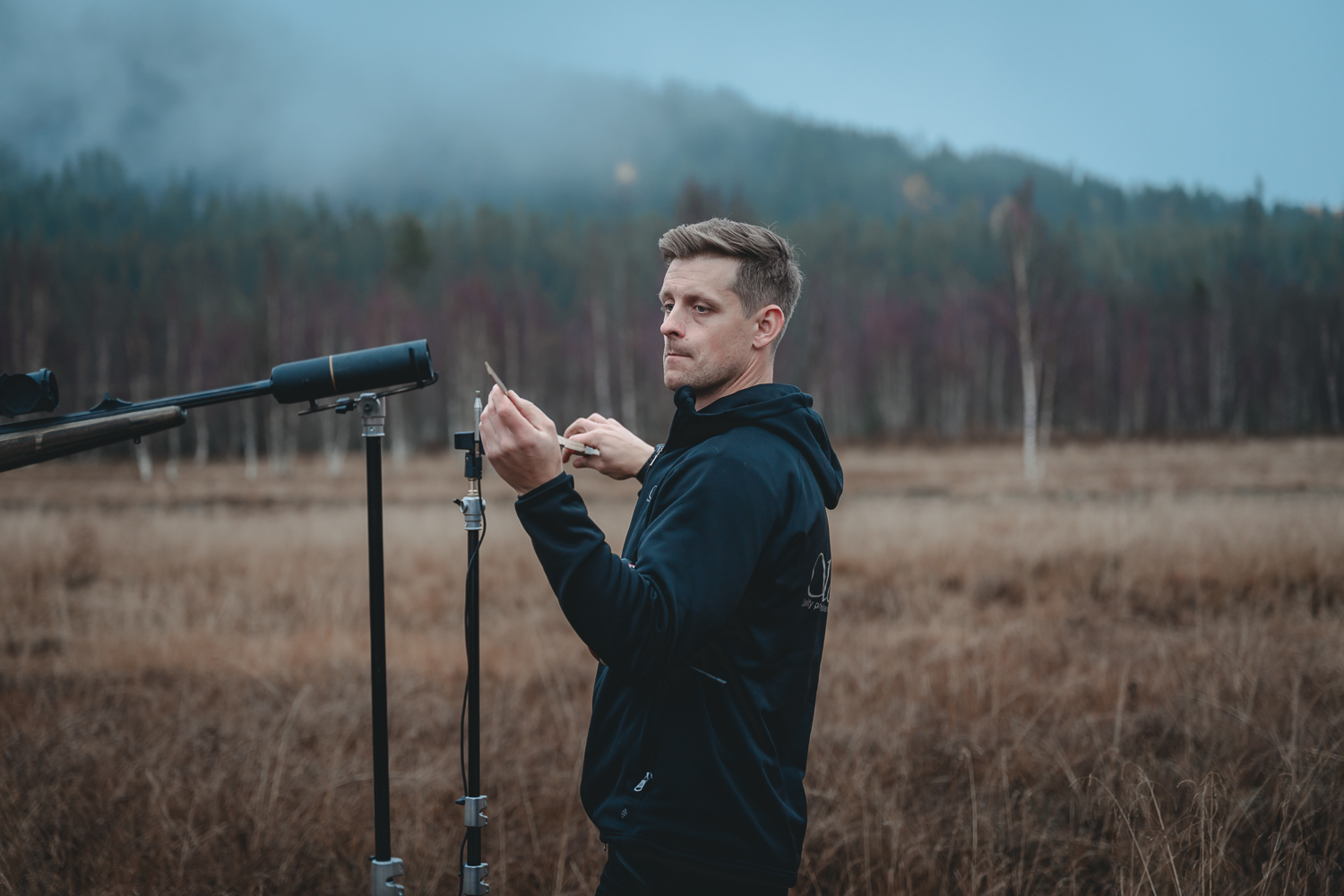
CONCLUSION - IS A LONGER SILENCER BETTER?
In conclusion, the choice isn’t just about length or sound level, but about finding the right balance between performance, handling, and hunting style. A longer silencer will usually offer better suppression, but sometimes agility and balance matter more than chasing every decibel.
With Stalon’s modular system, you can easily switch between fronts depending on your hunt:
Front108 for mobility, or Front149 for maximum suppression and recoil control.





